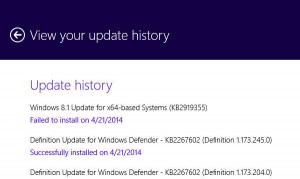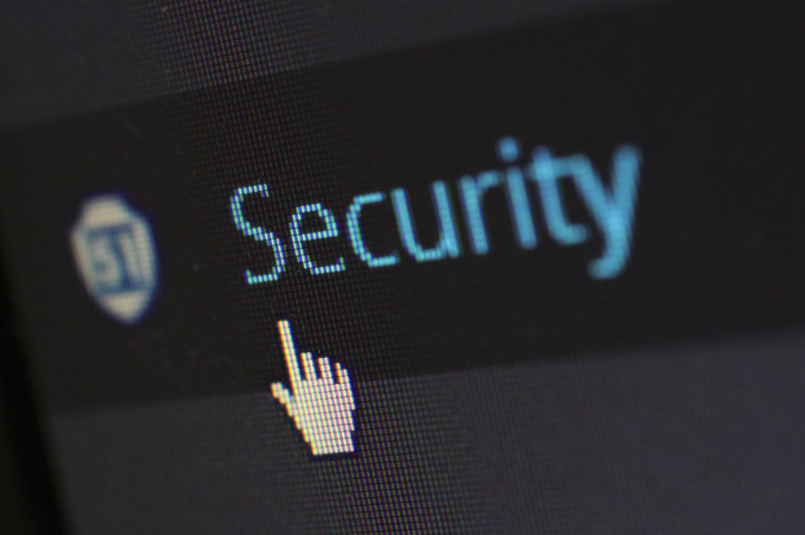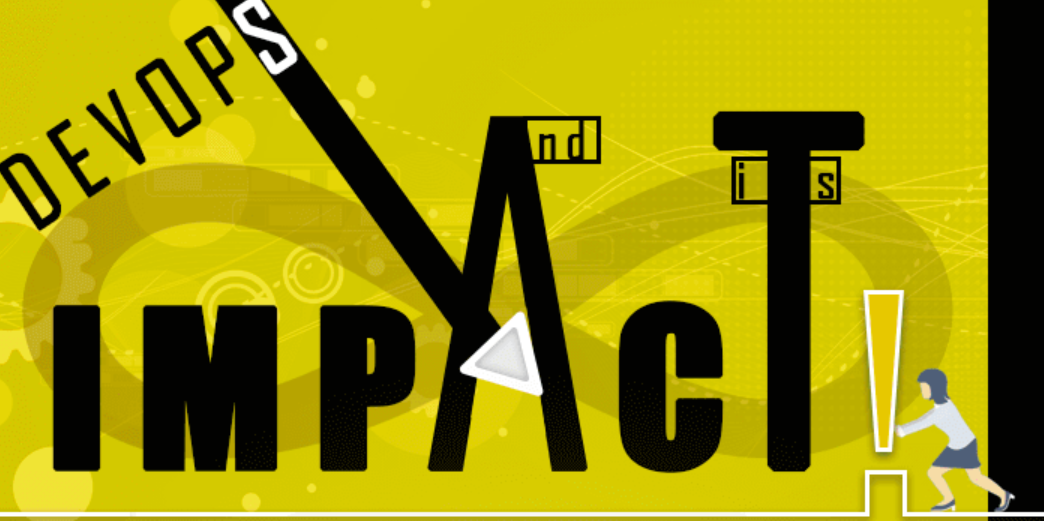aNewDomain.net — With its recent Windows 8.1 Update, Windows users now face a ton of Windows 8.1 update issues, snafus and confusion. Yes, Microsoft has acquiesced to customer requests for better ease of use — especially for keyboard and mouse users. But unless you know how to wade through confusing error messages, it’s hard to even tell if you have Windows 8.1 Update.
I’ll explain how you can figure out whether you’ve got Windows 8.1 Update installed — even if you get the error message that says you don’t, when you’re sure you do. But first, let’s look at the over-arching problem.
For sure, this Windows 8.1 Update makes Windows 8 a much-better operating system on the whole — everyone using Windows 8.X should install it. But there are specific Windows 8.1 Update issues you should know about, too.
The known issues
The first problem is grounded in the fact that Microsoft is forcing it on us. And, as you’ll see below, it isn’t easy to see if you’ve even got the 8.1 Update. That’s a problem, considering that Microsoft is penalizing those without the update by withholding security fixes. Let’s dive in.
First, note this recent posting in the Microsoft Technet blog, which stated Microsoft’s new policy:
… (Because) Microsoft wants to ensure that customers benefit from the best support and servicing experience and to coordinate and simplify servicing across both Windows Server 2012 R2, Windows 8.1 RT and Windows 8.1 (sic), this update will be considered a new servicing/support baseline. What this means is those users who have elected to install updates manually will have 30 days to install Windows 8.1 Update on Windows 8.1 devices; after this 30-day window — and beginning with the May Patch Tuesday, Windows 8.1 user’s devices without the update installed will no longer receive security updates.”
As usual, Microsoft complicates things for the end user by keeping Windows 8 security updates available, while not supporting Windows 8.1 machines that haven’t been updated with the KB2919355 update. And that’s just the beginning, as you’ll see below, of the Windows 8.1 Update issues end users face.
Again Microsoft states:
For those users who are still using Windows 8 and Windows 2012 (and not Windows 8.1 and Windows 2012 R2) you are unaffected and will continue to receive updates as normal. The new baseline only exists for Windows 8.1 and Windows Server 2012 R2.”
This is outrageous when you consider that this Windows 8.1 update is in no way any more critical than other critical updates. And it is not easy for the end user to know if this update has even been installed.
If a user has set the computer to do automatic updates, Microsoft says that the update will be automatically installed sometime before the May 13 cut-off date. As of April 20, Microsoft had not downloaded the update to any of my Windows 8.1 computers.
This update to Windows 8.1 is a big one. If Microsoft had simply named it Windows 8.2, it would have shown up in the System properties. But it didn’t. Instead, it stuck to its time-honored habit of inane naming.
Microsoft’s confusing naming methodology has confused customers before. Think Outlook, Outlook.com, and Outlook Express.
And the company just continues to confuse end users.
How to check for updates
To see if the Windows 8.1 Update has been installed, type: Check for Updates
Then touch or click on View Details. Look for KB2919355 in the update list.
Image credit: Sandy Berger
Note: This screenshot says that KB2919355 failed to install. But it actually did, contrary to the message. Chalk it up to just another Microsoft snafu.
There is, however, an easier way to tell if the Windows 8.1 Update has been installed. Just look for the search icon in the upper-right corner of the Start screen next to the account picture.
On some, but not all Windows 8.1-updated machines, a power icon will also appear next to the account picture. That’s pretty easy to recognize, but how is the average computer user supposed to know this? If they want security patches, they must have this update installed, but to verify that they have it installed they have to know what to look for — and Microsoft has not made that easy.
Image credit: Sandy Berger
On top of all this, many customers are still getting errors when trying to install Windows 8.1.
Hundreds of posts on the Microsoft Answers forum indicate several different errors regarding Windows 8.1 Update issues, which have not yet, at this time, been addressed by Microsoft. Also, Microsoft has extended the deployment date for the Windows 8.1 Update and the Windows Server 2012 R2 Update for some businesses because of connectivity issues with WSUS 3.2 over SSL connections. In addition, Microsoft has not left enough time for testing in large business environments.
All in all, Windows 8.1 Update is a big step forward for Windows users. It’s a shame that Microsoft has made us all feel so pressured and has made the update status so confusing.
For aNewDomain.net, I’m Sandy Berger.
Based in Pinehurst, North Carolina, Sandy Berger is a veteran tech journalist and senior editor at aNewDomain.net covering tech tips and tricks, apps, gadgets, and consumer electronics. Email her at Sandy@aNewDomain.net. Follow her on Twitter @sandyberger, +SandyBerger on Google+, and on Facebook.
















The Windows 8.1 update failed repeatedly and my only recourse was to perform a System Refresh. Even after using a custom recovery image, some of my previously installed programs (especially those from giveawayoftheday.com) failed to register correctly and are no longer usable. WTF, Microsoft?